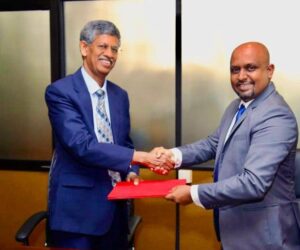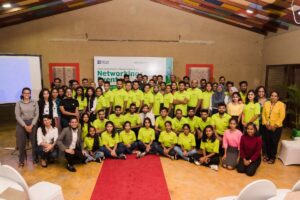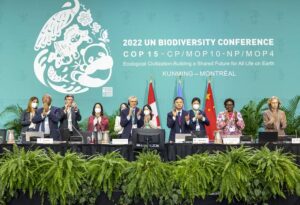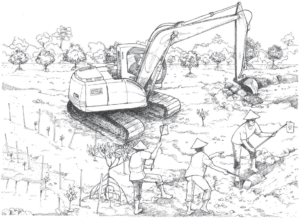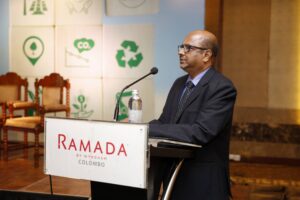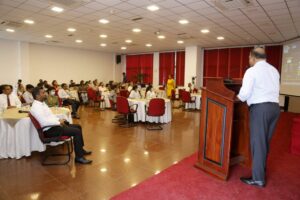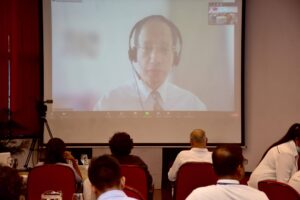Why do we always want to highlight women in different roles? Why cannot we talk about people in conservation in general? As people who want to do something different, to make a change. Born and raised in a region like ours we put things differently, don’t we? Cultural and social norms play a huge part – in challenging women in unconventional job roles. Even though the world is changing in the way men and women are seen in different job roles, we do see them as men and women!
Due to personal commitments and raising a family – most women give up or take a break from their work. Some return, some don’t. There is even a certain age that women need to “settle down”. Often when women stay single, it is frowned upon. Many female graduates end up in desk jobs rather than working in the field. Because as they say – women are born to do documentation and not implementation!
Having both men and women working together is essential for conservation, sharing knowledge, and taking on different roles and responsibilities. But many organizations, authorities, and others exclude women from participating, especially in decision-making roles. Hence the critical need for having both men and women working together for sustainable management of natural resources is missed. There is also the fact that on many occasions, women tend to wait for the opportunity to be given and not take to speaking up – thus likely to be in the background not voicing their opinion. A reason to lose opportunities
Women naturally bond with nature – they are caregivers, bearers of children, nurturers, and a must add-on – getting things done one way or the other. Therefore, women need to be equally and actively involved in processes of conservation as they play a critical role as land managers and resource users. Simply put, effective conservation is not possible without the voices, knowledge, solutions, and contributions of women – especially since they do makeup half of the world’s population. The adaptive capabilities of women make them important resources in addressing climate and environmental challenges.
Being a conservationist or a field researcher is not easy for any person. There is a lot of hard work and commitment put into it. If both males and females equally put in their commitment 100%, then each should get equal opportunities. Unfortunately, this is not the case as at many events – women must make an extra effort to come to a position. This is debatable, but obvious when you see statistics and the roles played by women in conservation in the field and at leading roles – making up less than 30% in research alone.
A woman’s role in conserving biodiversity plays a significant part as they know how to manage resources more sustainably; take our mothers as a very strong example. In terms of influencing – the home is the best place to raise people to be more conscious, share and care about each other more: for women, these are natural instincts and capabilities to build a resilient family unit.
Thus, educating not only girls but also boys in conservation is a must. Educating that there are differences between men and women is all right – it is a must. Educating and creating awareness that both men and women can share the same job role on many occasions, that some can be better at it and to pay respect to each other is also a must. We need to learn that without working together, we cannot fight against wildlife crime, and climate change, eradicate poverty or simply live a healthy sustainable life.
Written by Mega Ganeshan


